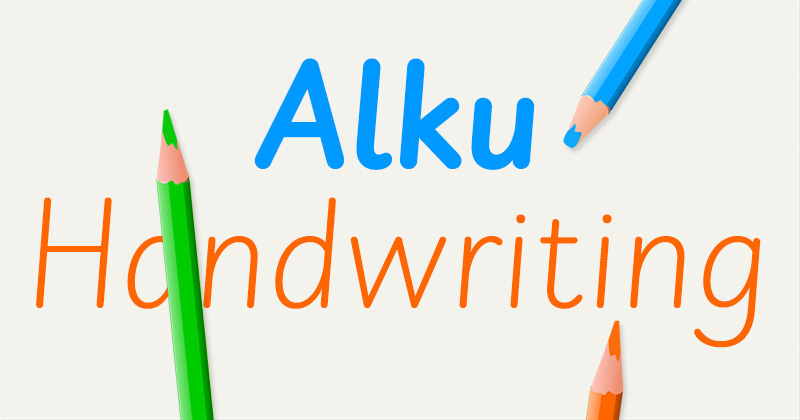
Alku Handwriting Model
Finnish National Board of Education published a new recommendation for teaching handwriting in 2015. New letterforms were designed by Jarno Lukkarila (of Typolar) who participated in a committee set up for the renewal. This writing model will be used in virtually every Finnish primary and pre-primary school across the country from August 2016 on. Only a so called print writing will be provided by FNBE leaving the joined-up cursive writing – as we've known it – in the past.
READ MORE: Alku handwriting system
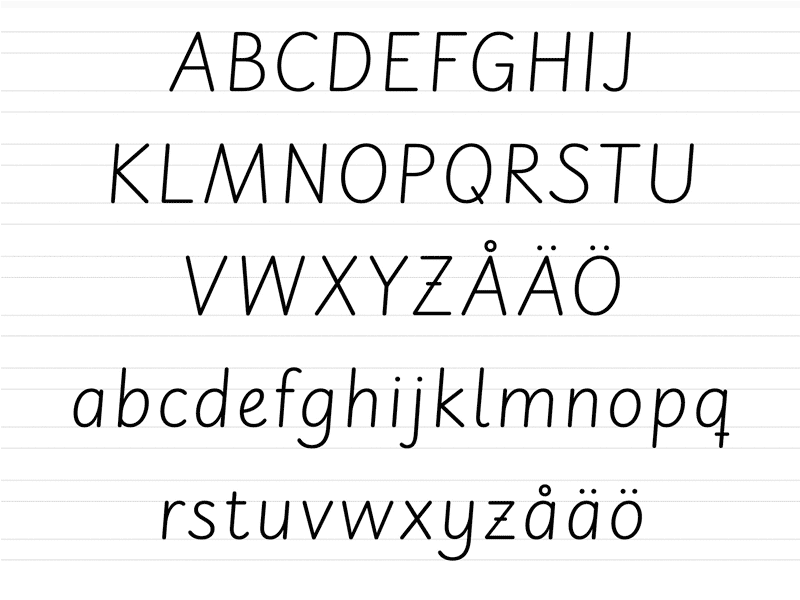
The new model was introduced to improve handwriting skills within children who are natively accustomed to keyboards in early age. Letterforms are designed as neutral, obvious and unambiguous as possible. They don't combine, but some elements in letterforms are borrowed from cursive handwriting to improve the flow of writing. Strokes usually end up straight without upward hooks to avoid messy text especially in Finnish with many double letters such as ‘ii’, ‘ll’, ‘nn’ and ‘mm’. This provides a good basis for coherent and legible writing style, where each student will add they own personal mark on. As writing skills improve and speed up, joined letters or ligatures are welcome to appear spontaneously.


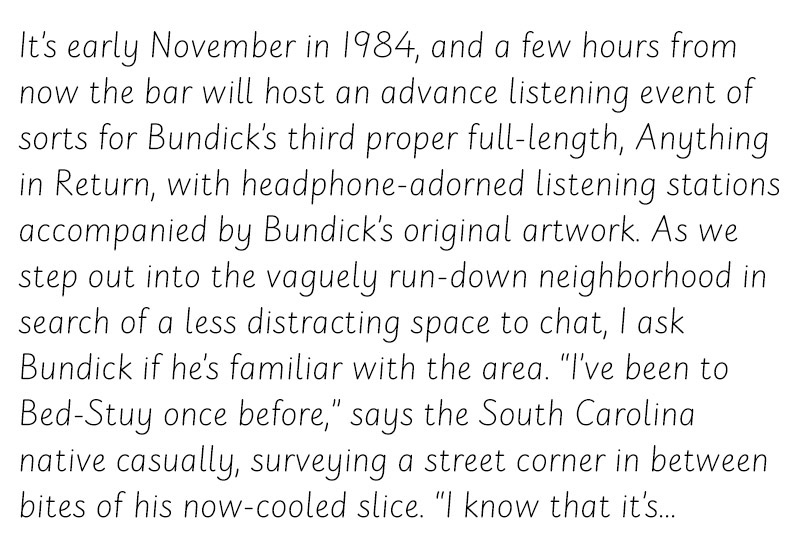

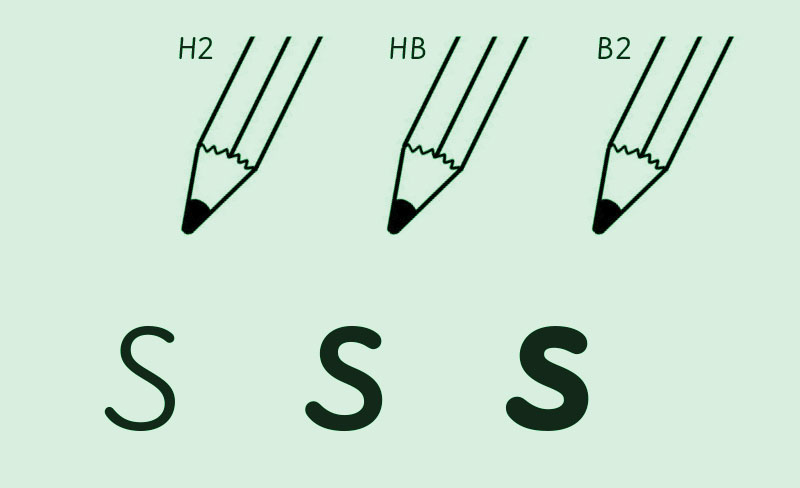
Alku fonts
Typolar's Alku fonts bring new model letters to computers. The lightest fonts resemble handwriting with an average pencil and work best in medium and large texts. Heavier weights, Normal and Bold, are intended for reading text. Fonts have practical OpenType features for shortening hyphens and aligning them with either upper or lower case letters. Alku font package includes styles with guidelines and stroke directions and starting points, making all together seven cuts.
Typolar's Alku fonts bring new model letters to computers. The lightest fonts resemble handwriting with an average pencil and work best in medium and large texts. Heavier weights, Normal and Bold, are intended for reading text. Fonts have practical OpenType features for shortening hyphens and aligning them with either upper or lower case letters. Alku font package includes styles with guidelines and stroke directions and starting points, making all together seven cuts.
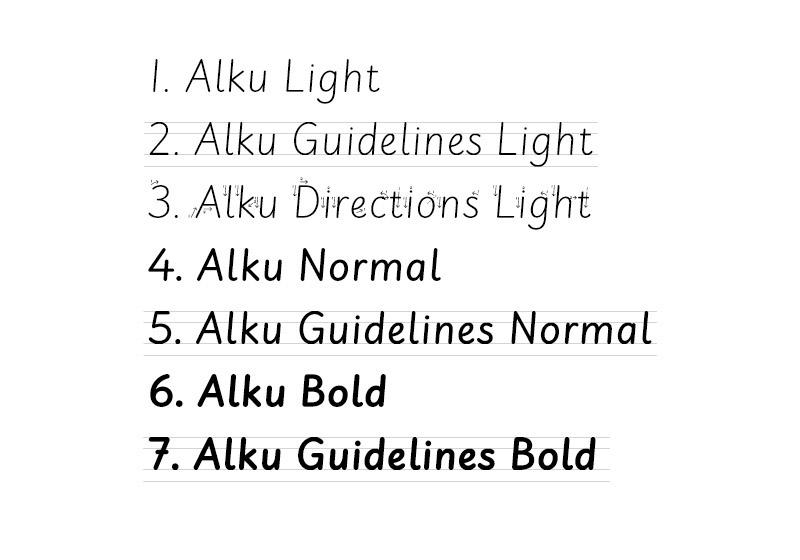
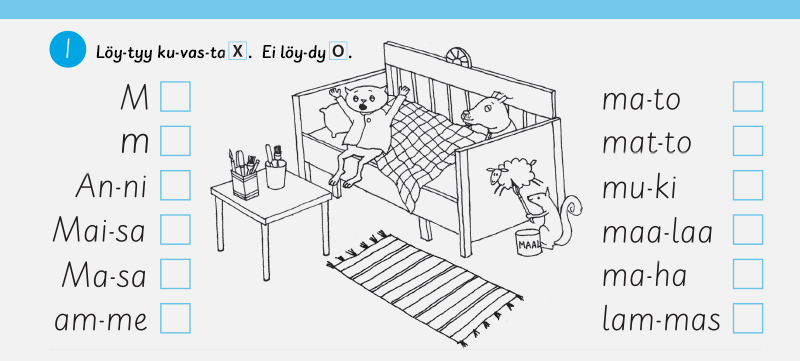
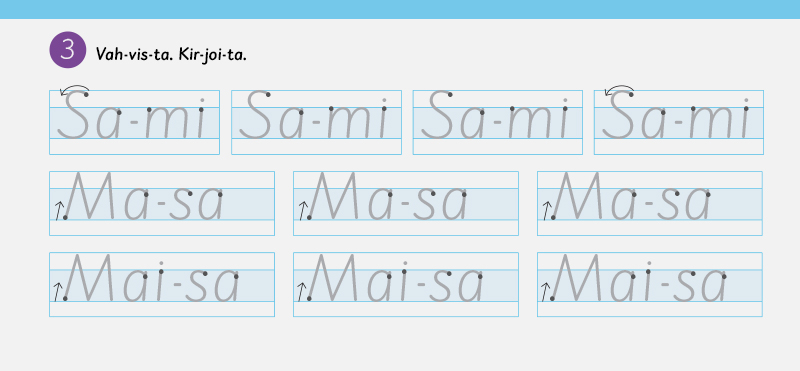
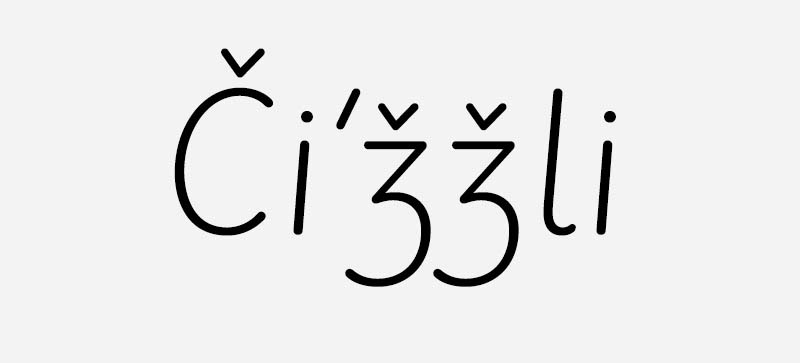
Finland is practically a bilingual country with a majority of Finnish speakers and a large Swedish speaking minority. Apart from these two national languages three native languages (Inari Sámi, Northern Sami and Skolt Sami) and two autochthonous languages (Finnish Romani and Karelian language) are also spoken. Alku letterforms are primarily designed for these languages, which all belong to Latin writing system.
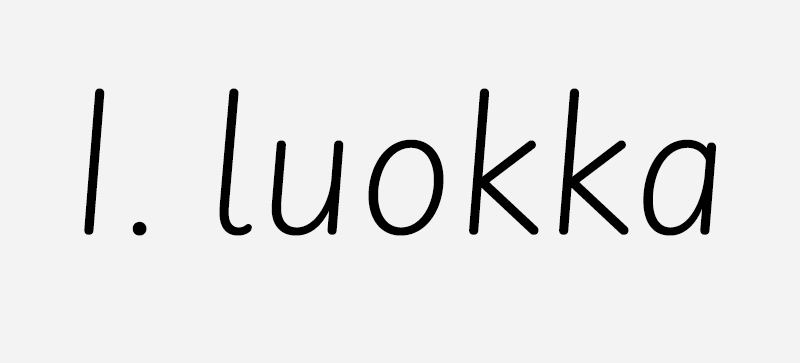
Many alphabets and numbers have two or more equally acceptable shapes, which are preferred according to regional customs. For a good handwriting model it is crucial to firstly introduce shapes, which are easy to draw and secondly minimize confusion between them. Executing these principles escalates in capital ‘I’, number one and lower case ‘l’

With cross-bars risky letterforms are made pronouncedly distinct from numbers, which most notably improves legibility in mathematics. If bars stay short, they don't stand out from text. In fact they complement their composites restfully in print writing.


